Tibetan medicine’s adventure along the Silk Road(I)
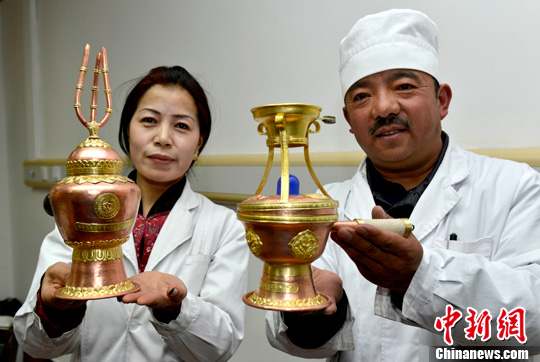
To understand what a “vast world” is, one must first set foot on the Qinghai-Tibet Plateau. Passing through the plateau’s Silk Road you can see its glorious and rich Tibetan medicine culture that has brought benefit to generations of plateau people, and has gradually become an indispensable part of their lives.
Along the ancient trail, Tibetan medicine has not only spread to neighboring Mongolia and Nepal, but also to the Middle East and Europe, and even further afield.
In Europe, Tibetan medicine is now available as a prescription and non-prescription drug, which can be bought at many pharmacies; in Austria, they are planning to build a Tibetan medical research center; in Switzerland, research and production of Tibetan medicine began as early as the 1960s….whether through academic or industry development, Tibetan medicine is receiving more and more attention in the international medical world.
Tibetan medicine spreads to neighboring countries
Despite the early morning chill on the Qinghai-Tibet Plateau, Lakeshen has already come early from Mongolia to see the doctor at Qinghai’s Tibetan Hospital. His knee is out of shape due to rheumatoid arthritis and he walks with a limp. He does have a local Tibetan hospital, but for a man who has always loved Tibetan medicine, he decided to come to the birthplace of Tibetan medicine for treatment. At the same time as receiving the unique Tibetan “bath” and other therapies, Lakeshen also visited the Tibetan Medical Museum, where he identified some Tibetan medicines and broadened his knowledge in Tibetan medicine.
Many “fans” like Lakeshen come every year to Qinghai Tibetan Hospital to experience Tibetan medicine.
have been drawn to Tibetan medicine. It spread to Europe in the 18th century creating a global research boom. Duan Zhi, deputy director of Qinghai Tibetan Medicine Administration Bureau, said “Tibetan medicine spread fastest to Mongolia and was introduced to the region from the beginning of the Mongol Yuan period.”
At the time Qinghai area was still an important channel on the Silk Road leading towards Arab countries. With trade coming and going, musk and other drugs followed to Arabic and Eurasian countries, which is the point at which Tibetan medicine left the country. By the 19th century, from Europe’s Volga River basin to Siberia, Tibetan medicine was being practiced in northern India and the Kashmir mountains.
The Kumbum Monastery in Xining of Qinghai Province has an important position in Tibetan Buddhism. Local people not only come to worship there, but they also like to go to the monastery’s Tibetan hospital to see the doctor. The founder of the Tibetan Medicine Hospital of the Kumbum Monastery and highly respected Living Buddha Gyatso said that all Tibetan Buddhist monasteries have a rigorous system of study and a college specializing in Buddhism research called “Dratsang”. Among the Kumbum Monastery’s four major Dratsang, there is a Manpa Dratsang, which is used for medical research and specializes in training medical personnel.
Konchok Gyaltsen is a Tibetan medicine scholar with international influence. In his office most of his displays are medical notes taken while studying and speech materials from the various countries he visited for academic exchanges. “Tibetan medicine has a long history of special heritage and predecessors have always continued with the traditional rituals of medical teaching: the unique inheritance methods of oral teaching, mentoring and monasteries. This is also the most precious heritage in the hearts of every Tibetan medicine worker and is also Tibetan medicine’s unique characteristic and charm”, said Konchok Gyaltsen.
The great contribution of monks towards medical exchange activities helped create a basic theoretical system of Tibetan medicine. It also contributed towards the gradual improvement of Tibetan medical treatment methods, training medical personnel and other contributions. “Wherever Tibetan Buddhism spreads to, Tibetan medicine will also spread to.” This is the belief and hope that every Tibetan medicine worker has towards the development of Tibetan medicine.
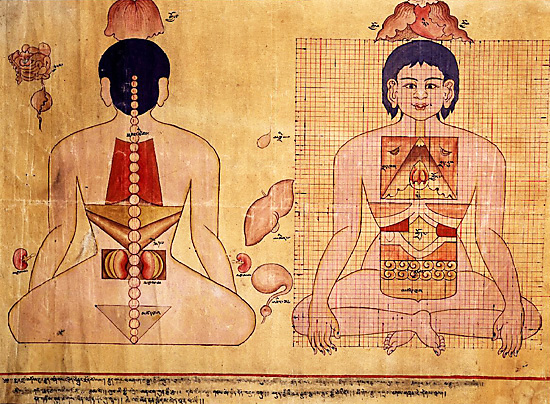
Overseas development of Tibetan medicine
The story of Tibetan doctor Choden Pema treating a local outbreak of disease in Russia in 1857 is well known and started the real prelude to Tibetan medicine spreading in the West. His descendant Peter Pema brought the Tibetan prescriptions handed down to him to Zurich, Switzerland in 1964. And with help from a Swiss businessman, founded the Swiss PADMA AG company, which produces and sells Pema family Tibetan medicine using modern means of production. The company has already been committed to modern development of traditional Tibetan medicine for decades and currently has more than 20 kinds of modern Tibetan medicine in production, of which one kind is a prescription drug in most European countries.
Tracing back to ancient history, the Qinghai Province never slowed down in promoting the development of Tibetan medicine. Data shows that the global network for Tibetan medicine services has basically been formed and includes China (Tibet, Qinghai, Gansu, Sichuan, Yunnan etc.), India, Bhutan, Nepal, Mongolia, Buryatia, Kalmyk, Italy, Britain and the United States. There are already more than 500 independent Tibetan medical institutions in the world, 20 Tibetan research institutes, 50 Tibetan medical schools, 50 Tibetan medicine enterprises and more than 5000 medical personnel engaged in Tibetan medicine.
The rapid internationalization of Tibetan medicine has helped “spur on” innovation in the Tibetan medicine industry, for example Qinghai Jinhe Tibetan Medicine Pharmaceutical Co., Ltd. and Tibet Jinzhu Group Co., Ltd. The original concept of traditional business development has been improved based on traditional Tibetan medicine heritage, studying the development models of outstanding foreign businesses and taking on board the advantages of developing with modern medicine.
At present, there is already a number of different exclusive kinds of Tibetan medicine. This is a breakthrough in the theory of inheriting traditional Tibetan medicine and in relation to drug innovation and production. Another example is the development in recent years of a Tibetan medicine for the treatment of acute heart failure: rh-BNP changed the development model used in the past, whereby Tibetan medicine manufacturers relied solely on biological resources.
Your Comment
Name E-mailRelated News
-
;
-
-
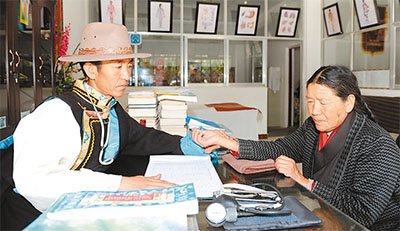
-
Qinghai innovates Tibetan medicine inheritance
Basic coverage for Tibetan clinics has already become indispensable in the regard of sanitation services in Tibetan inhabited areas of the Qinghai Province.
-
-
-
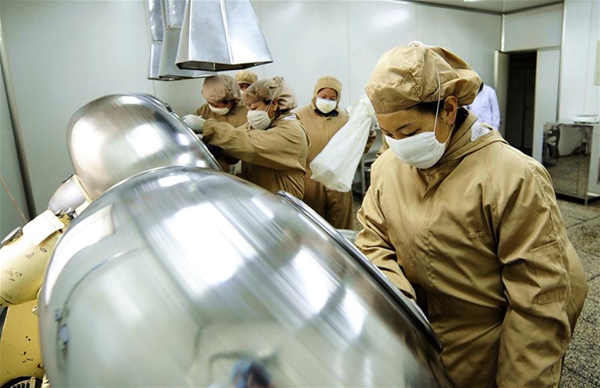
-
Tibetan medicine touted as a hospital turns 100
To celebrate the 100th anniversary of a Tibetan hospital, more than 400 scholars and experts from home and abroad gathered in Lhasa, capital of Southwest China's Tibet autonomous region, to attend the first international forum on traditional Tibetan medicine.
-
-
-
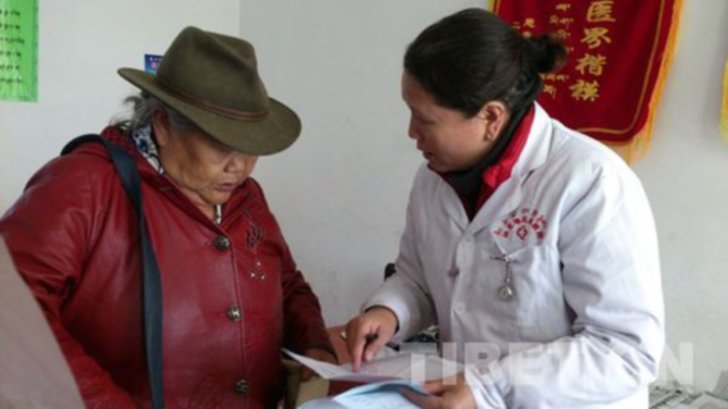
-
Women doctors defy male dominance in Tibetan medicines
Tibetan women are now playing an equal role to men in Tibetan medicine.
-
Based in Lhasa, Tibet Vista is a Tibet travel agency that specialized in Tibet permit, and Tibet tours for both private and group travelers at a local price!
•4 Days Lhasa City Group Tour from USD 460 •8 Days Everest Base Camp Group Tour from USD 850 •15 Days Mt.Kailash Group Tour from USD 1780 •2016 Tibet Train Tours from Beijing, Shanghai, Chengdu, Xining,etc










